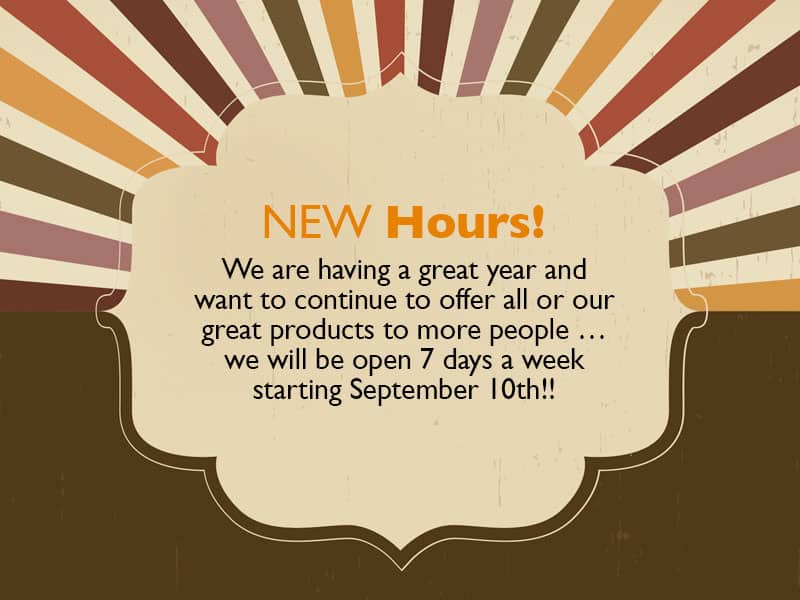Pellet Fuel Quality
Pellet stoves are hands down one of the most efficient ways to heat your home. With inexpensive fuel and emissions often less than 1 gram per hour, a pellet appliance is a great option for those who are not afraid to get their hands dirty. Custom Hearth has been selling, installing and servicing pellet appliances since the first Whitfield rolled off the assembly line back in the 1980s, and we’re still a heavy in the pellet side of the industry today.
As recently as 2015, pellet appliances and pellet fuel were not regulated by any entity or organization. With the regulations established in 2015, we are coming across more and more pellet fuel issues with the number one complaint being that no one informed the consumer about pellet quality. This post is to discuss and discard common pellet fuel myths and misconceptions to keep you better informed about your fuel and to keep your pellet appliance running for years to come!
“Premium” pellets can be anything but.
With the lack of regulation and standards in the pellet fuel industry, the label of “Premium” has been stamped on nearly every single brand of pellets for years. Unfortunately, “Premium” is pretty meaningless when it comes to selecting the fuel you want to burn in your pellet appliance. There are many different manufacturers of pellets in this area alone, all claiming to be of “Premium” quality. Pellets are made from compressed sawdust and other wood by-products, usually at a mill designed specifically to perform such a task. As stated before, there were no regulations in place on the process until 2015.
Fortunately, an organization called the Pellet Fuel Institute has established standards and a seal of approval for manufacturers of pellets who meet or exceed those standards. There is also now a requirement for manufacturers of pellet appliances to encourage consumers to use only PFI certified fuels in the owners’ manuals of said products. For more information on the mark to look for on PFI certified fuels, click here.
“Low Ash” means high other stuff.
Many pellet unit owners are under the misconception that a low ash producing pellet is the best kind of pellet. Less ashes means less cleaning right? However, there is no easy way to be a pellet stove owner and constant cleaning is the only way to maintain your stove, low ash or not. In our experience, we have dealt with many, many owners of high quality pellet stoves that have been destroyed by so-called “low ash” producing pellets. The common theory from years ago is that these pellets contained high amounts of salt. The manufacturers deny these allegations, yet their pellets are still the number one thing wrecked pellet stoves have in common. They are often the cheaper brand and readily available. And yes, they sport the “Premium” label on their bags.
We can tell you that when a customer uses sub-par pellets, their stoves can be destroyed quickly. These are two different pellet stoves, both less than a year old at the time of service, both using the same brand of pellets:
Please note that these parts were not covered under warranty because the warranty only covers manufacturer defects; using poor quality pellets is considered an environmental factor and is therefore not a condition of the appliance itself.
Where can I find PFI certified pellets and manufacturers?
Use this link to find the most up-to-date information on PFI certified manufacturers of pellets. Use this link to search for PFI members in your state.
How can I tell if I’m using quality fuel?
If you find yourself unable to track down PFI certified fuel in your area, there is a way you can figure out what fuel available to you is the best.
- Buy 5 bags of whatever fuel you are considering.
- Thoroughly clean your pellet stove before running these 5 bags through them.
- After you’ve cycled the 5 bags through, clean your stove again. Pull out the ash bin, the firebacks and the burn pot. Make note of ash content, clinkers, unburned pellets and signs of potential damage.
- If you’re satisfied, continue to use the same brand. Be sure to clean your stove every 10 bags of pellets or so and keep an eye on the potential problem areas noted above. Be aware that steel burn pots can take longer to accumulate damage than a cast iron one, but poor quality pellets will destroy either if given enough time.
A pellet heating appliance is a huge investment. We hope these tips and links are able to help educate our customers in to making a well-informed decision about the fuel they choose to burn in their unit. Feel free to contact our Gorst store with any questions or tips. We love to hear about fuel sales or specials, or brands we may not have heard of before, so we can share that information with our customers.
Don’t forget to have the Annual Preventative Maintenance performed on your stove, which can help keep on top of any potential damage to come. Our factory trained technicians have loads of experience spotting the beginning signs of poor quality pellet fuel damage and this service can wind up saving you hundreds of dollars in the future!
Thanks for reading and, as always, stay warm!









